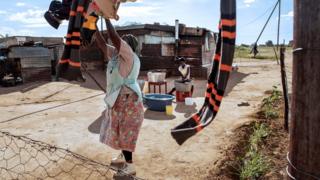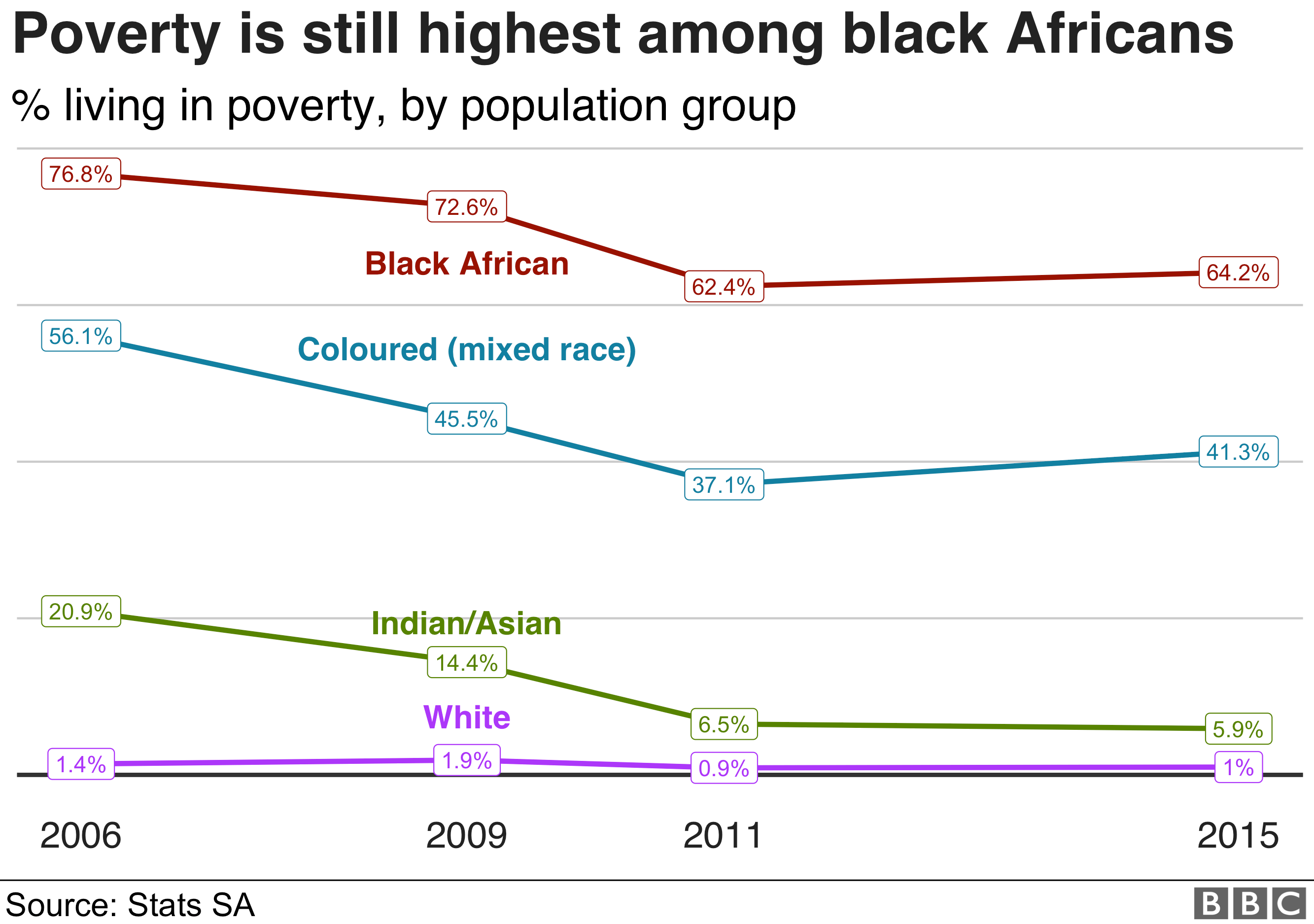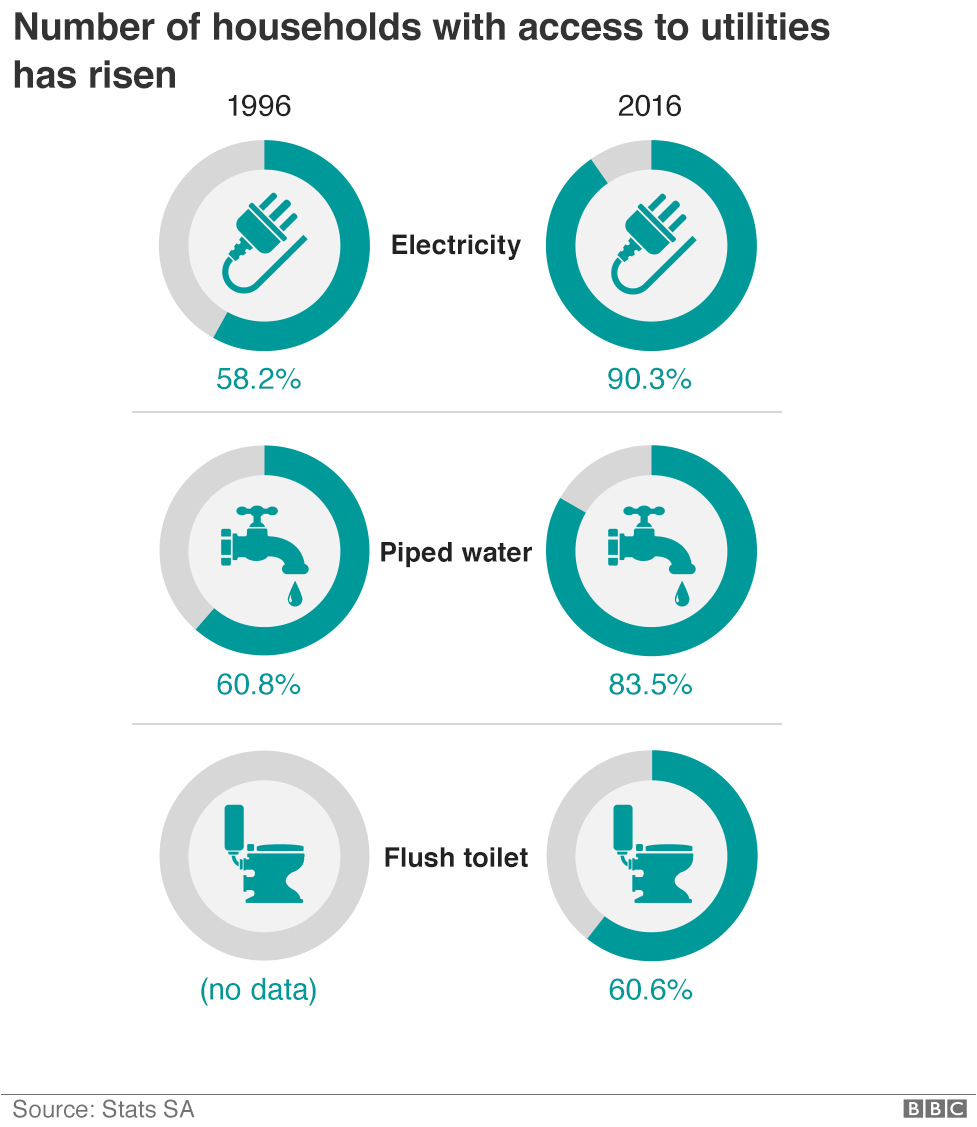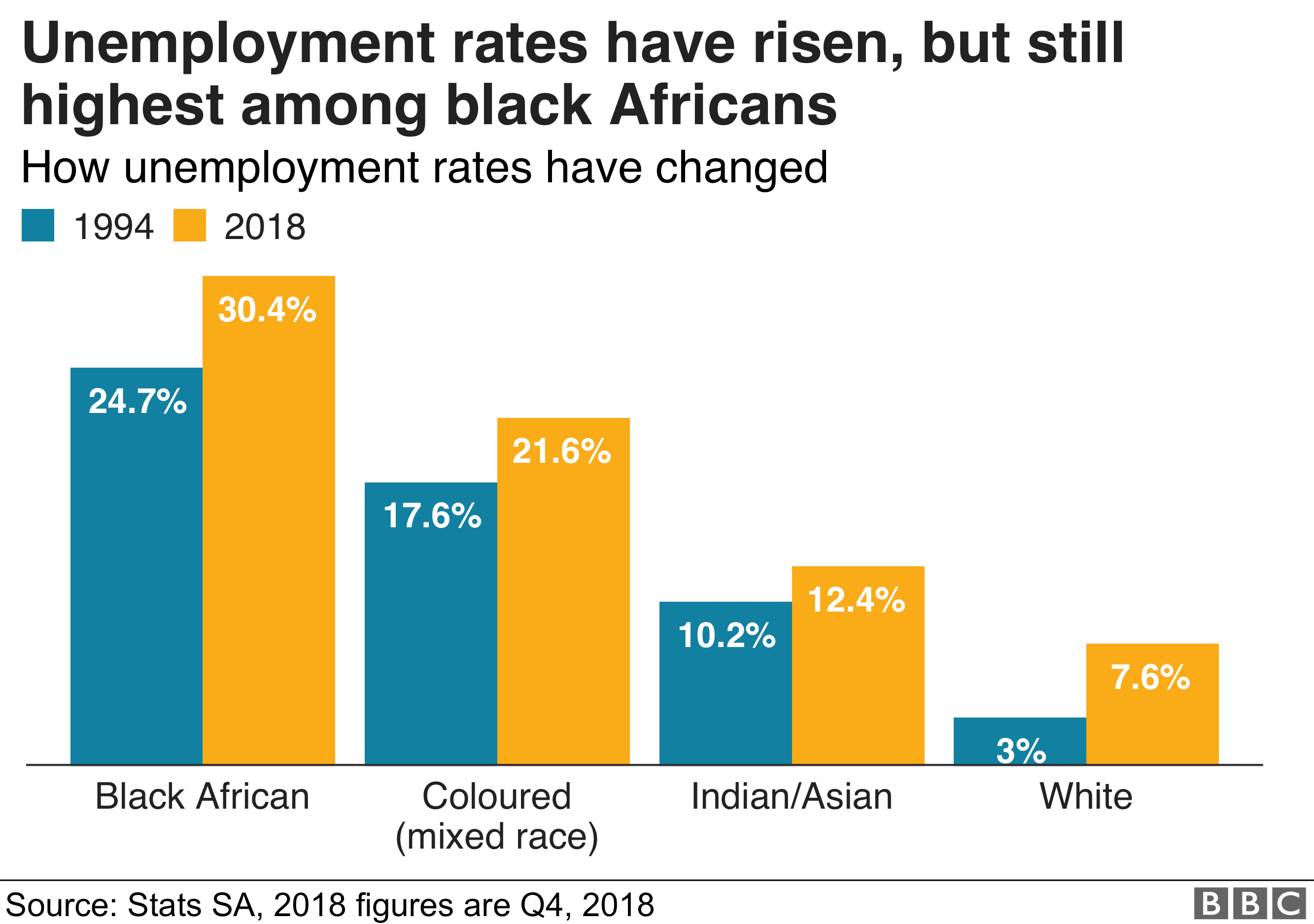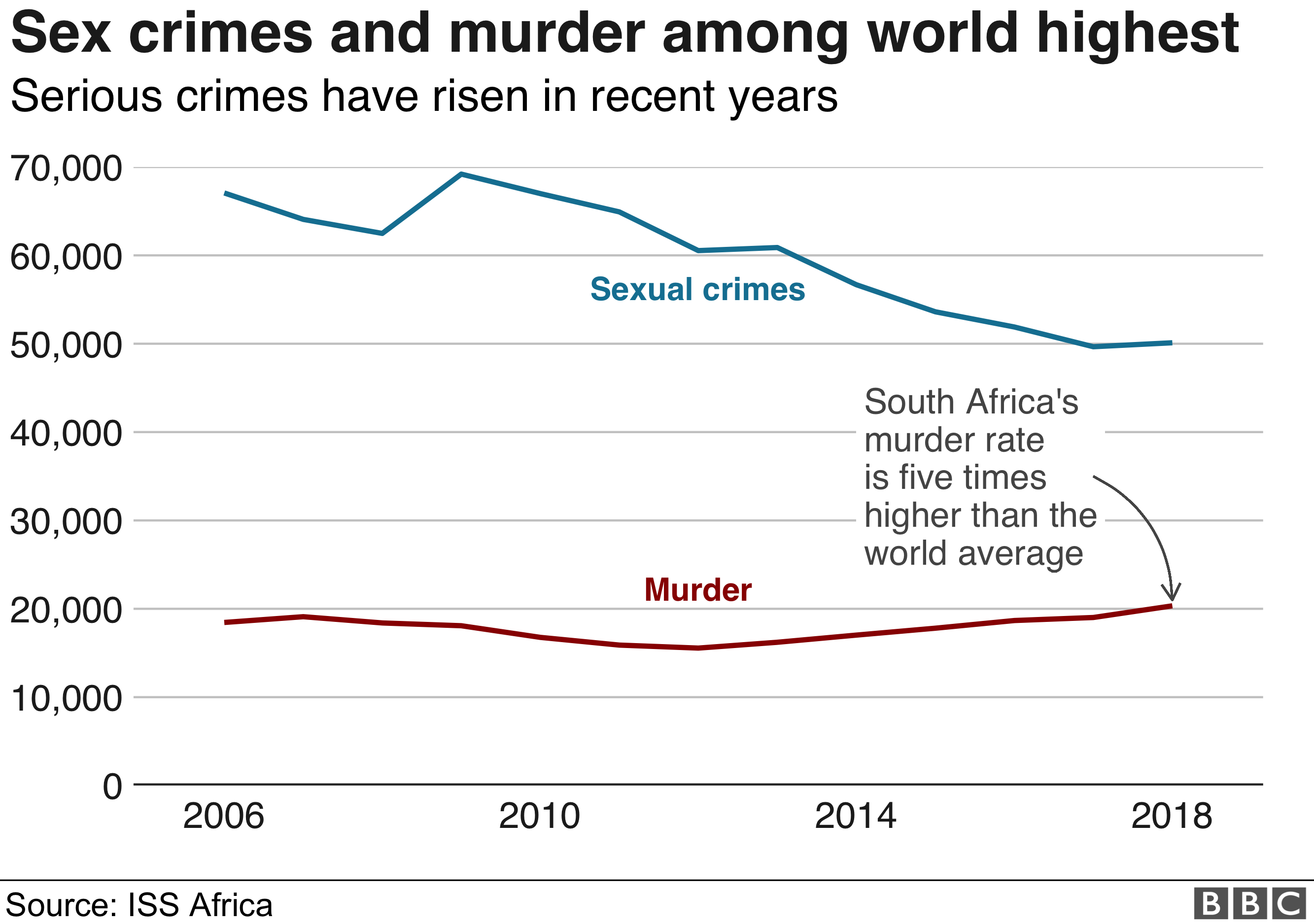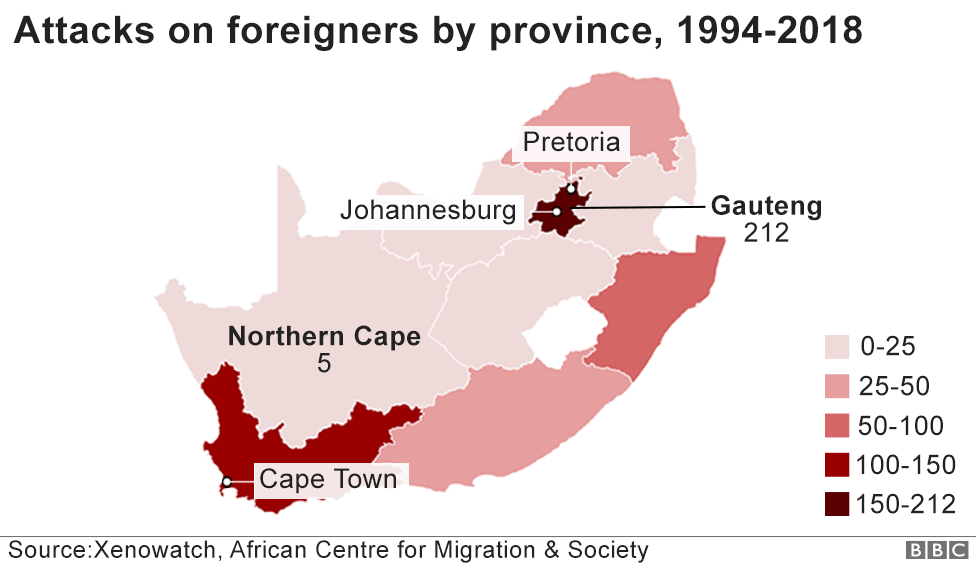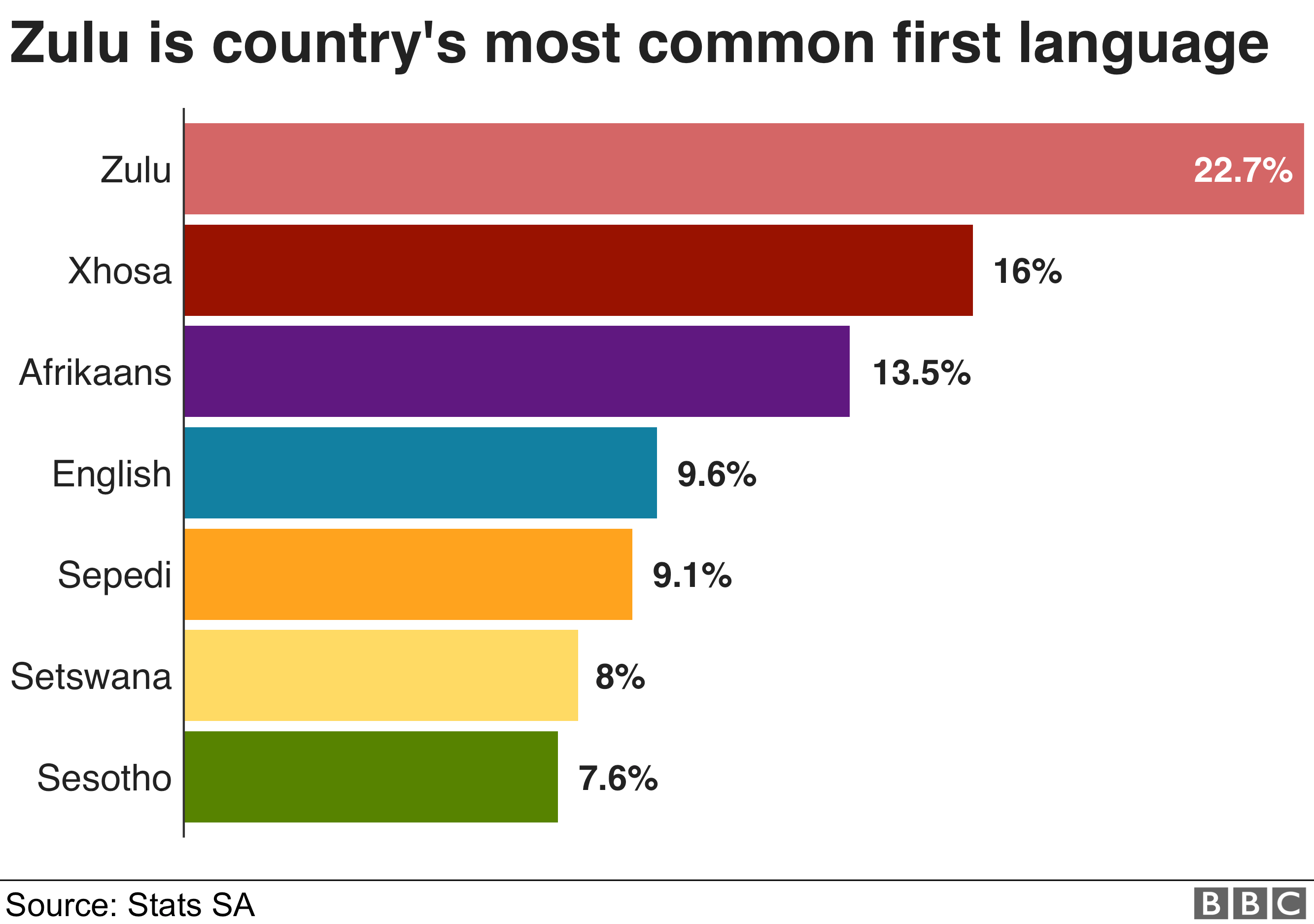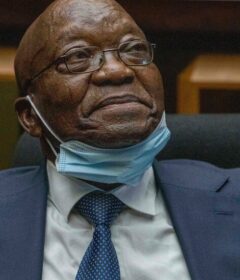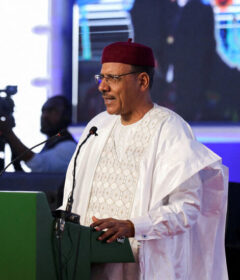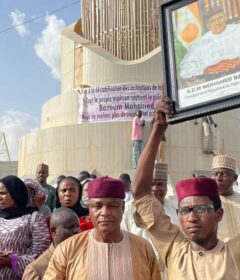How South Africa has changed since apartheid – in charts
The quality of life may have improved for many South Africans since the landmark 1994 elections that ended white-minority rule but huge inequalities remain. As South Africans prepare to go to the polls on 8 May, we take a look at how much has changed.
South Africa is Africa’s most-industrialised economy, with industries ranging from agriculture, financial services, trade, tourism and a robust informal sector, worth millions of dollars.
It enjoys a seat in the Brics block of economies – with Brazil, Russia, India and China – and is a member of the G20 forum of international governments. Despite its economic standing, the country is also home to gross inequality, which is largely a legacy of its history of racial segregation.
The gap between the “haves” and “have-nots” is vast – in its main cities, skyscrapers stretch into the heavens, high-walled mansions stand as a reminder of the wealth enjoyed by some, while on the fringes of middle-class and wealthy South Africa, thousands of shacks jostle for space, often just a stone’s throw away.
Poverty and unemployment remain one of the country’s main challenges. A higher proportion of black South Africans have historically lived in poverty compared with Asian and white South Africans.
And between 2011 and 2015, the proportion of black and coloured (mixed-race) people in poverty increased, according to government data.
Social policies such as free primary health care and free basic services, such as water, electricity and sanitation for poorer households have improved the lives of many – especially in the years after the Africa National Congress (ANC) came to power.
But despite South Africa being the second-largest economy on the continent after Nigeria, growth has been slow compared to other emerging markets.
This has in part been attributed to political uncertainty and a decline in mining production – one of the country’s main exports.
As a result, South Africans have, on average, become poorer. Income per head – the total output of the economy divided by the population – has fallen fairly steadily since 2010.
There are still millions living townships and squatter camps, and richer households are almost 10 times wealthier than poor households.
Black South Africans are still under-represented in the skilled jobs market.
Even though little more than 10% of the working population comes from the white community, they are more likely to be more skilled, wealthier, and reach higher levels of education, which means black South Africans are still most affected by high unemployment.
The labour market is also more favourable to men, regardless of race.
Men are more likely to be in paid employment than women and in positions that come with greater influence.
Only 32% of managers in South Africa were women – that is up 10% on 1995.
There were more male domestic workers in 1995 than there are now, when most of the million or so domestic workers are women.
In 2017, there were 35.8 murders per 100,000 people, among the highest rate in the world. In the last five years there has been an increase after more than a decade of decline.
However, the murder rate was twice as high in 1993, the year before apartheid ended.
Perception of crime is another measure of how safe people feel. The official statistics bureau, Stats SA, reported that 46% of people thought violent crime had increased during the past three years, an increase of 4,5% over the previous year.
Around 79% of South Africans still felt safe walking alone in their neighbourhoods during the day, but this is down 6.7% on the previous year. While at night, about 32% of South Africans felt safe walking alone in – up 8% on the previous year.
There are also concerns among human rights groups about an increase in attacks on foreign nationals.
There are about 3.6 million migrants in the country, mainly from neighbouring Zimbabwe, Mozambique and Lesotho, out of an overall population of more than 50 million.
The African Centre for Migration & Society (ACMS) has monitored attacks against migrants across South Africa since 1994 and says violence peaked in 2008 and again 2015. The violence is often triggered by local disputes, with migrants being accused of taking jobs away from South Africans.
South Africa is a rainbow nation of language as well as colour. With 11 languages officially recognised in the country and used across its length and breadth, officials hope this helps to foster a sense of pride in indigenous languages and cultural diversity.
Most South Africans can speak more than three languages, especially within the black population. According to a 2011 census, Zulu is the first language of 22.7% of the population, followed by Xhosa at 16%, Afrikaans at 13.5%.
English ranks only fourth as a first language but is widely used as the language of business and is widely spoken as a second language.
Many black students prefer to be taught in English, rather than Afrikaans.
Correction 03 May: The chart on unemployment has been amended to only show rates according to the official definition
Source: Read Full Article
